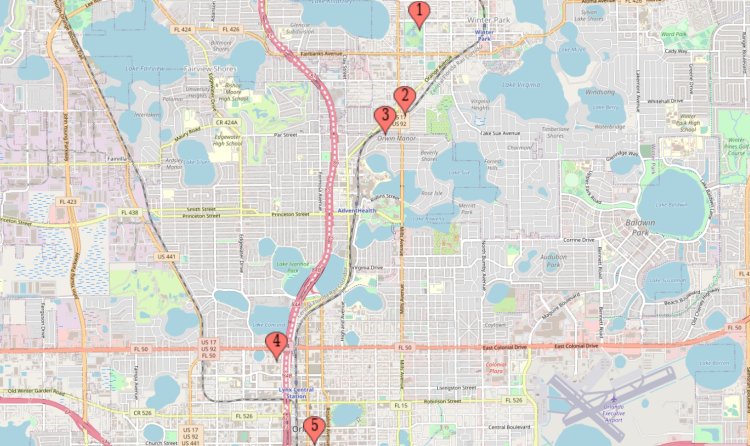Panama: A Land Divided, A World United
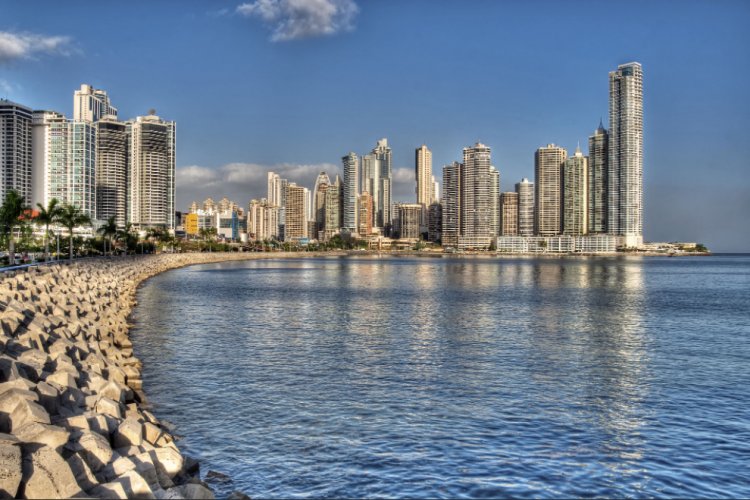
The relatively small country of Panama provides the world with a gateway for international trade. Visitors will be astounded not only at the impact of this nation but also America's role in Panama's evolution.
Panama – as a result of US efforts in the early 20th century – is a land divided, in the hopes of a world united. The Hay–Bunau-Varilla Treaty established US authority over the canal after a brief conflict constituting Panama's second revolution with support from the United States Navy.
Few realize today the sheer size, scope and grandeur of America’s former imperial might, specifically in Latin America. When discussing issues related to colonial or imperial activities by Western nations, including the United States, many speak in derogatory terms.
But critics of America’s past imperial pursuits often do not take into account the magnitude and meaning of the canal. Without American control of the Canal Zone during World War I and World War II, as well as the Cold War, our nation's security interests, and the interests of those living in Latin America, may have been under further threat.
The ability to restrict enemy vessels from transiting the canal allowed the United States to maintain an edge over the Japanese and Germans during the Second World War, thereby preventing the spread of tyranny into the Americas, a vital national security tool.
But this strategic advantage was not to last.
What began with a rough riding President in 1903, ended with a peanut farmer’s concession in 1978.
Today, China’s influence continues to grow in Latin America, including in the former canal zone.
Whether readers see the decline of American power in Latin America as a positive or negative, there is no doubt that history lovers and cultural enthusiasts will enjoy their journey to Panama.
A personal or nostalgic connection always helps to better facilitate a trip– which brought with it special significance on this journey, voyaging to the same locations my grandfather served at in the US Army Air Force as a pilot and navigator in the Second World War.
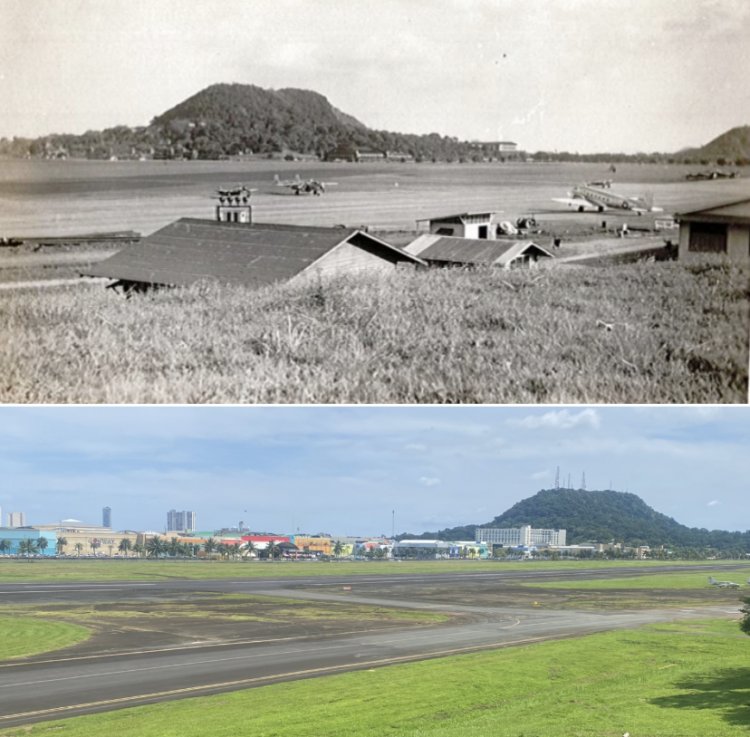
Above: Albrook Field in 1945, 2021.
As a pilot in training, I made an effort to takeoff and land from the same airport he once flew out of himself.
Strong winds as a result of the mountainous cavern around the former Albrook Air Field sometimes cause drafty winds, which on occasion, create rough take-offs and landings. On the day in question, the weather and visibility furnished a perfect opportunity for aerial sightseeing. Flying westward towards the Pacific side of Panama, one of the most prominent sights along the journey are the dozens and dozens of ships awaiting passage through the canal or exiting westward on an Asiatic voyage.
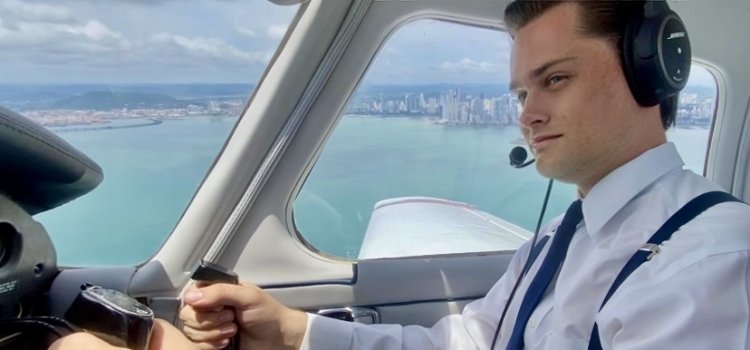

Above: Flying over Panama City.
An aerial view of the city reveals the azure waters of the Pacific once traversed by the great Balboa— views often impossible to see by the naked eye at sea level. On the southern most part of Panama City, visitors will find a bustling and growing downtown. Along the waterfront of Avenida Balboa, Miami style high-rises line the horizon. Traversing further north, visitors will find the city's historic area Casco Antiguo, with some buildings dating back 400 years.
The quaint sights and sounds of Panamanian architecture and culture remind visitors of a time gone by. Among the most spectacular hotels in the old city are the American Trade Hotel and the Hotel Central. Jazz clubs and live music also echo throughout the city, including Danilo’s Jazz Club and Lazotea’s live music featuring many great American standards, latin tunes and Bossa Nova style melodies.
The area also provides tourists with an opportunity for unique lounging activities at world-class bars such as Casa Catedral, a one of a kind cigar lounge, La Casa del Habano, and a romantic evening by the sea at Casco Mar.

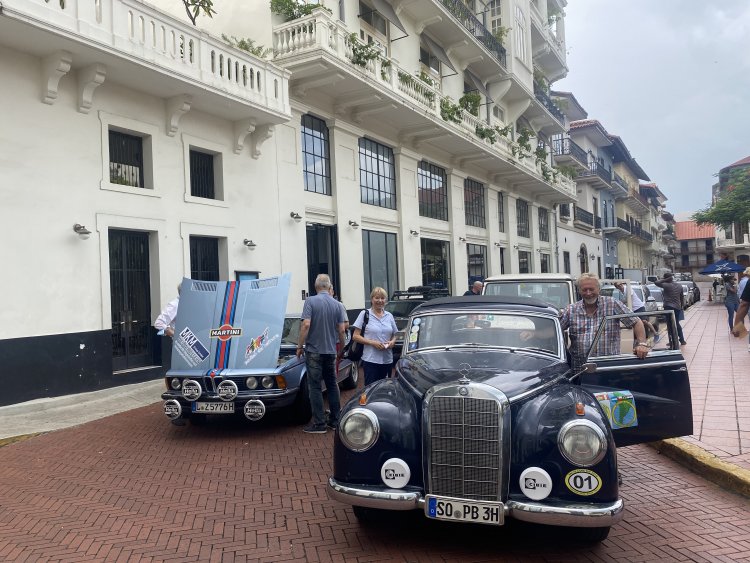


Above: The sights, sounds and people of Casco Antiguo.
Panama is also an international destination for all cultures as well as many American Expats. Mexican restaurants, Japanese cuisine, Chinese cuisine and even pubs dot this area of town. For those in Panama on a Sunday, diners can enjoy a special traditional Panamanian treat of eating at a Chinese restaurant. This tradition originates from the days when Chinese laborers built the railroads in an effort to construct the canal.
But the country of Panama is much larger than simply Panama City. In the former American Canal Zone, travelers may visit former US military installations such as Fort Clayton, Albrook and Howard Air Force Base. Unknown to many, the United States facilitated the construction of most major airports in Latin America.
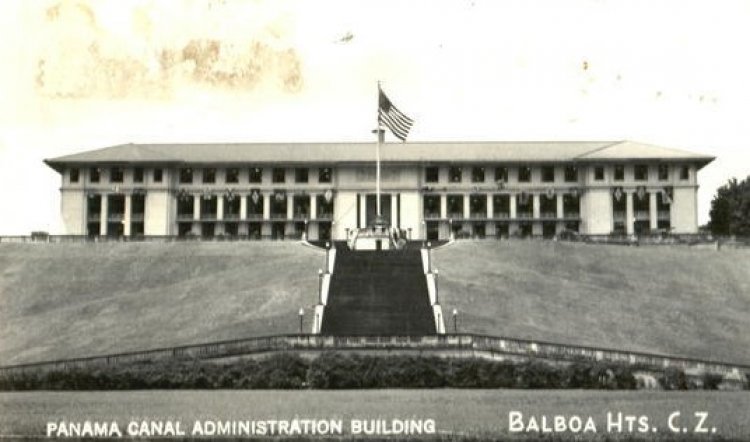
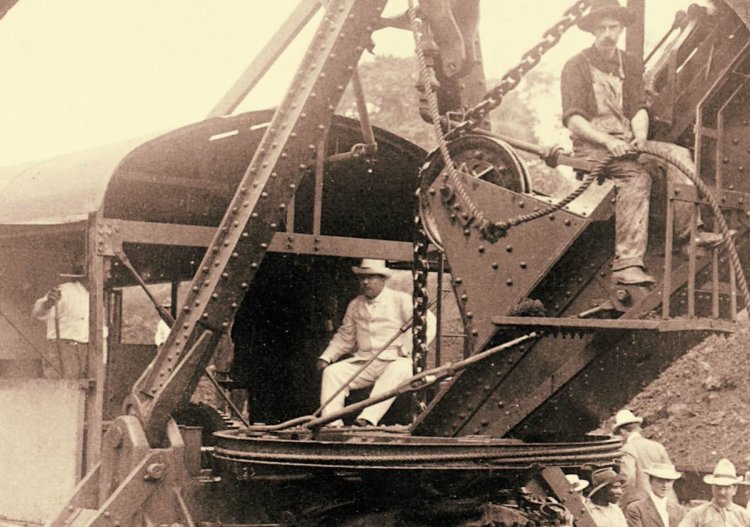
Above: Panama Canal Administration Building.
Below: Theodore Roosevelt sits atop a large crane used to help dig the canal.
Theodore Roosevelt left an indelible mark on the nation of Panama with the purchase of a lease on the canal zone. A French company originally held the rights to the zone but failed to construct the canal as a result of poor engineering and disease. With the help of skilled and highly trained American engineers, along with the industrial might of the nation, workers from all over North America participated in the construction of the locks allowing for the passage of trillions of dollars worth of cargo each year.
Known by the nickname "the Big Ditch," the canal actually elevates and lowers ships through locomotion and water pressure on their journey rather than simply floating vessels along at sea level.
The sights and sounds of ships passing through the locks will undoubtedly bring a sense of awe to the minds of each onlooker and pride to every American.
For those in love with the water, the indian village of San Blas is a short car ride away from Panama City on the Atlantic side. Here visitors can experience what life is like in native communities. White sandy beaches and crystal clear blue waters catapult sojourners into paradise with a short boat trip to these picturesque islands off the coast.
Train lovers can also get their fill of the rails by taking a short train ride from one side of the isthmus to the other. Now a McDonald’s, the historic train station sits next to the towering Panama Canal AdministrationBbuilding, originally built by the United States in the early 1900s. However, the new train depot, which is now mainly used for cargo, resides at another location.
One of the lesser known sites to witness on your journey to Panama is an American cemetery that still engages in active burials for US service members. This resting place includes original builders of the canal from the United States who died in the process of its construction as well as service members from later periods Up to the present day.
Aside from the Avenida Balboa, one of the most scenic areas of Panama City is the Amador Causeway. Many Panamanians and guests of the country alike gather on their days off to enjoy the gorgeous scenery of the Pacific Ocean.
In the age of Corona, Panama remains extremely strict in their management of the disease. Masks are enforced and social distancing is regimented. However, most restaurants and museums allow visitors, albeit with some requiring scheduled appointments such as the Panama Canal museum near the remnants of Fort Clayton.
Although international influence and America's role in Panama continues to drive discussions on policy in the United States and around the world, the small isthmus will foreseeably remain a strategic point of interest for all nations, ensuring the growth of the country.

 Marshall S. Swanson
Marshall S. Swanson 















